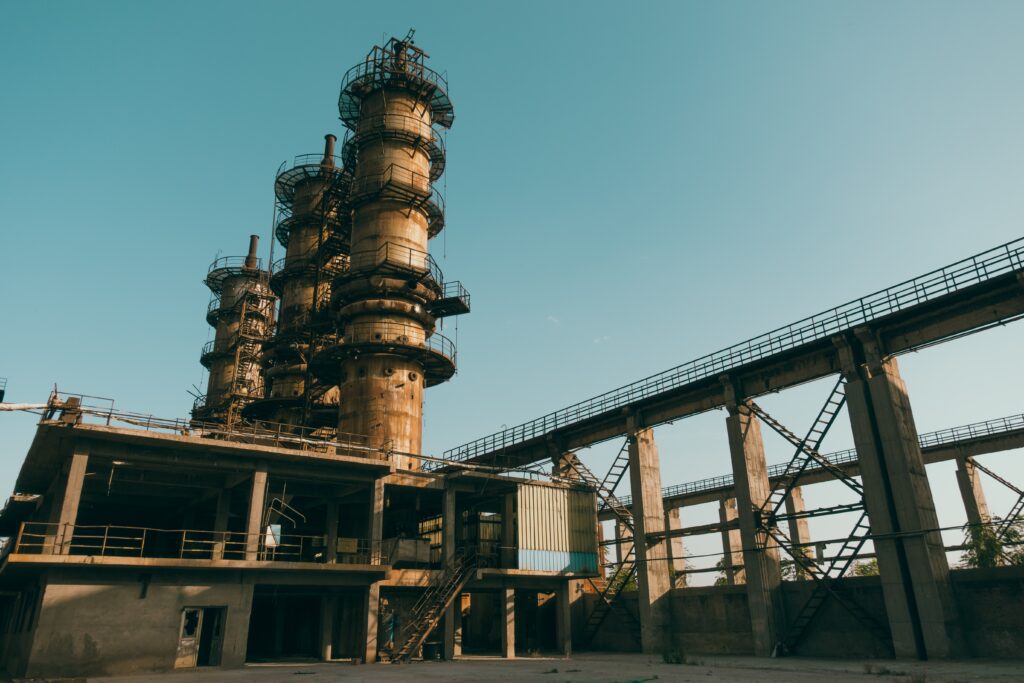Our Solutions: Consulting
Beyond DHAs, managing combustible dust safely requires management systems to assure that programs and practices are in place to protect our people, our planet, and our businesses.
Our experts can help you develop programs to address the management system requirements found in NFPA standards and expected by OSHA.
Our consultants can provide a range of global solutions for businesses both domestically and abroad. To help you ensure and maintain compliance within national and international process safety regulations and legislation, our consultants can provide you with value added practical information so you can make informed safety decisions faster.

Through a systematic approach, Sigma-HSE’s safety consultants can carry out multiple national and international process safety techniques to ensure that you can establish, maintain and optimize safety at your facility. We can identify areas for improvement and recommend the best course of action for achieving safety compliance at your facility.
We can aid you in the following management systems:
Our process safety consultant can help you and your business to ensure and maintain compliance with national and international process safety standards. Learn more about how we can assist you with our process safety services today.

Are you visiting Sigma-HSE from outside your region? Visit your regional site for more relevant process safety solutions.